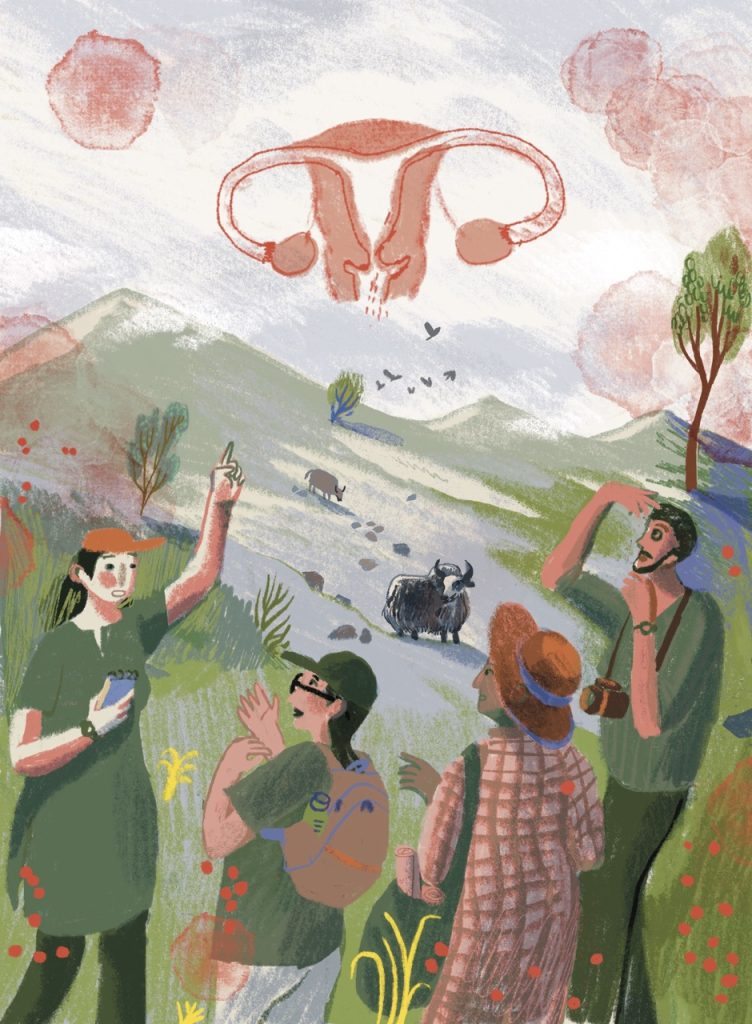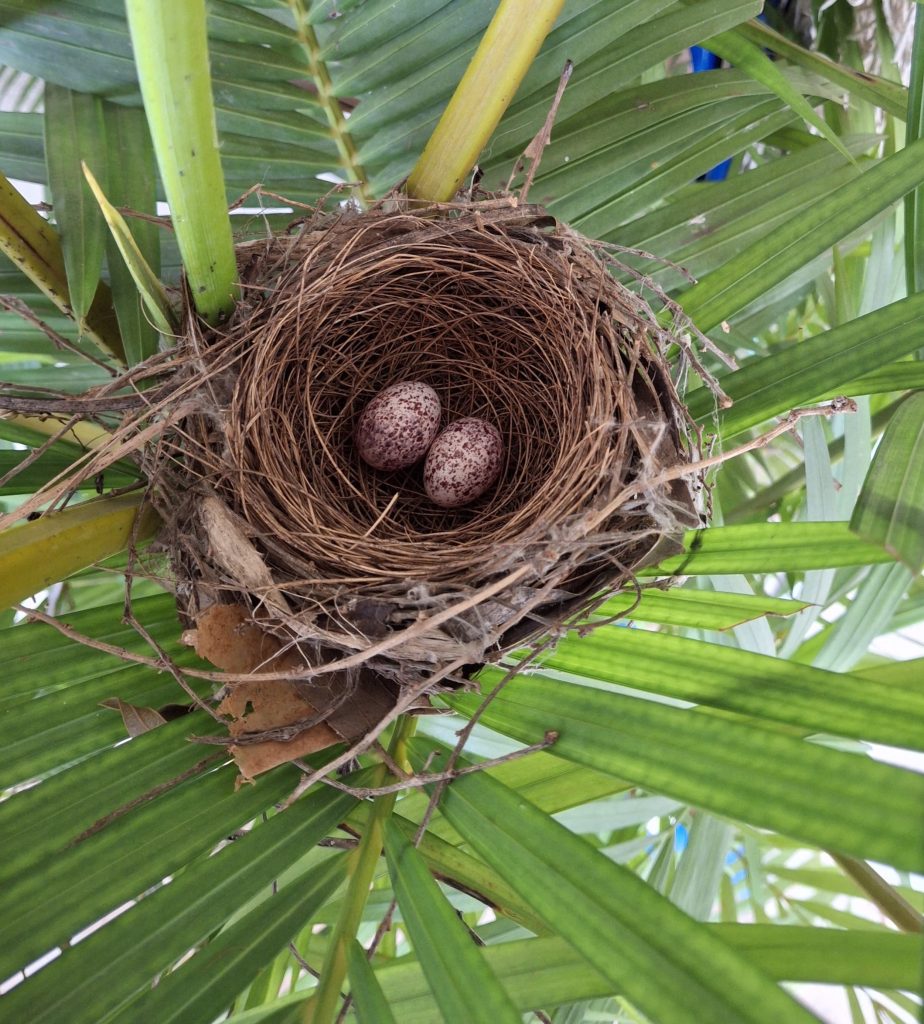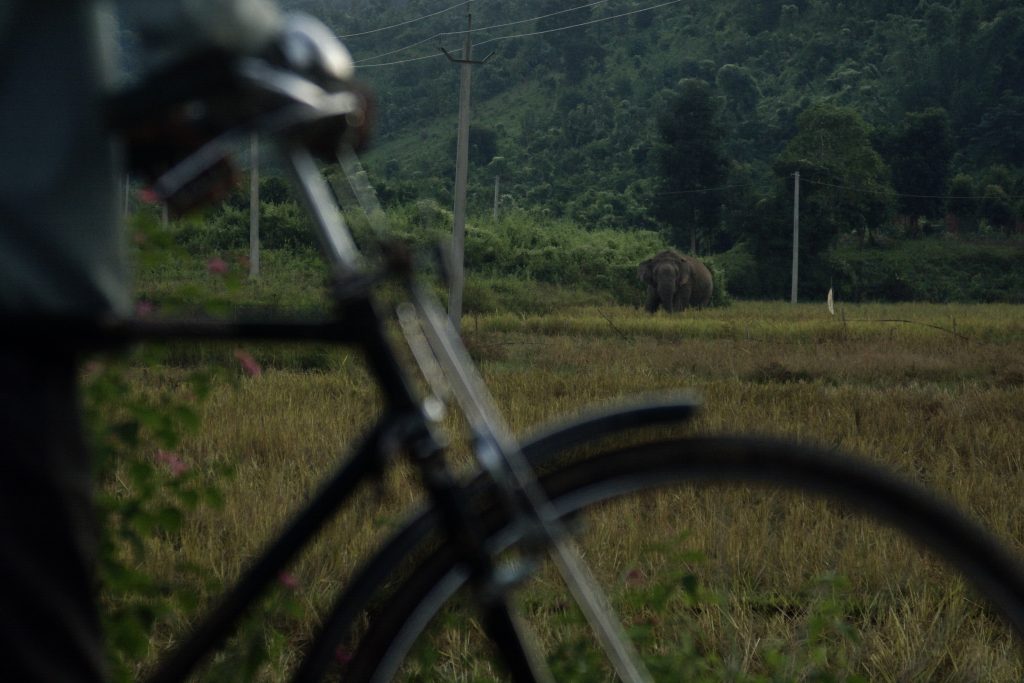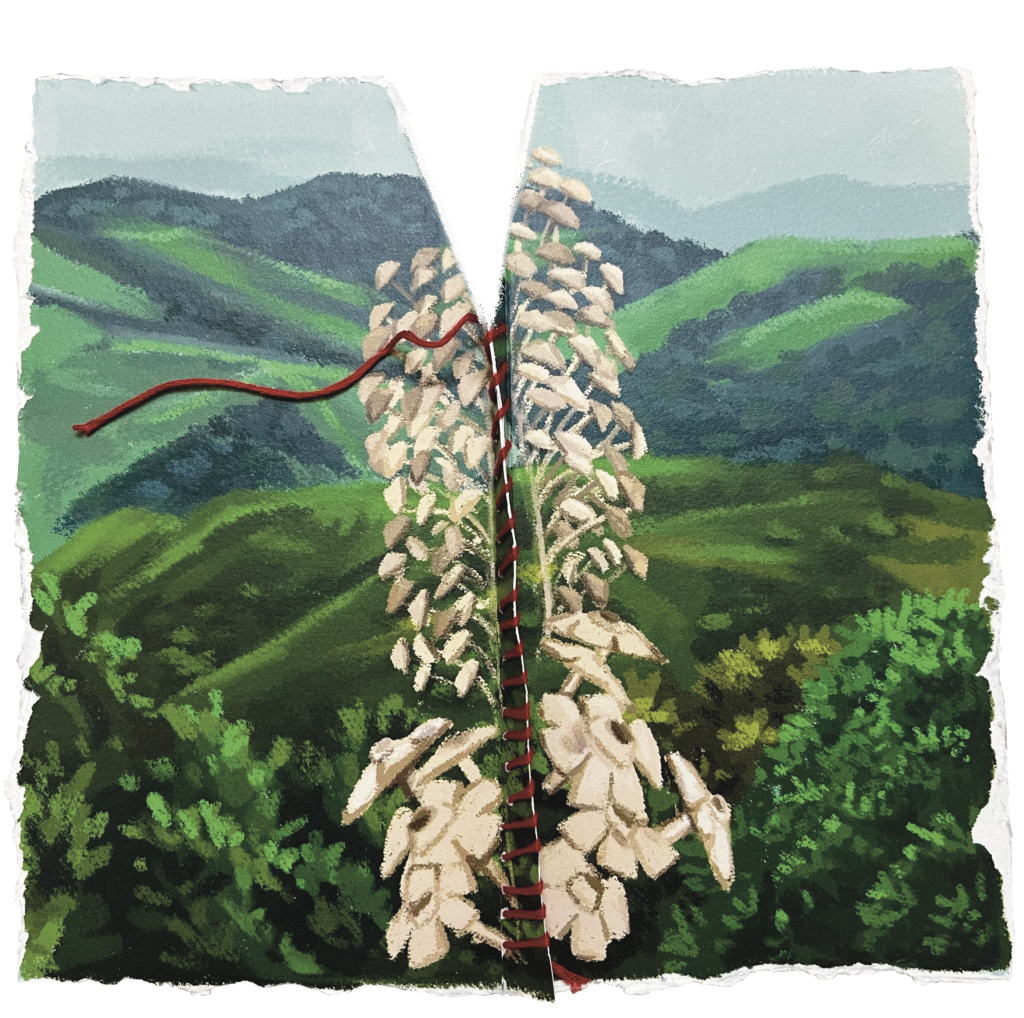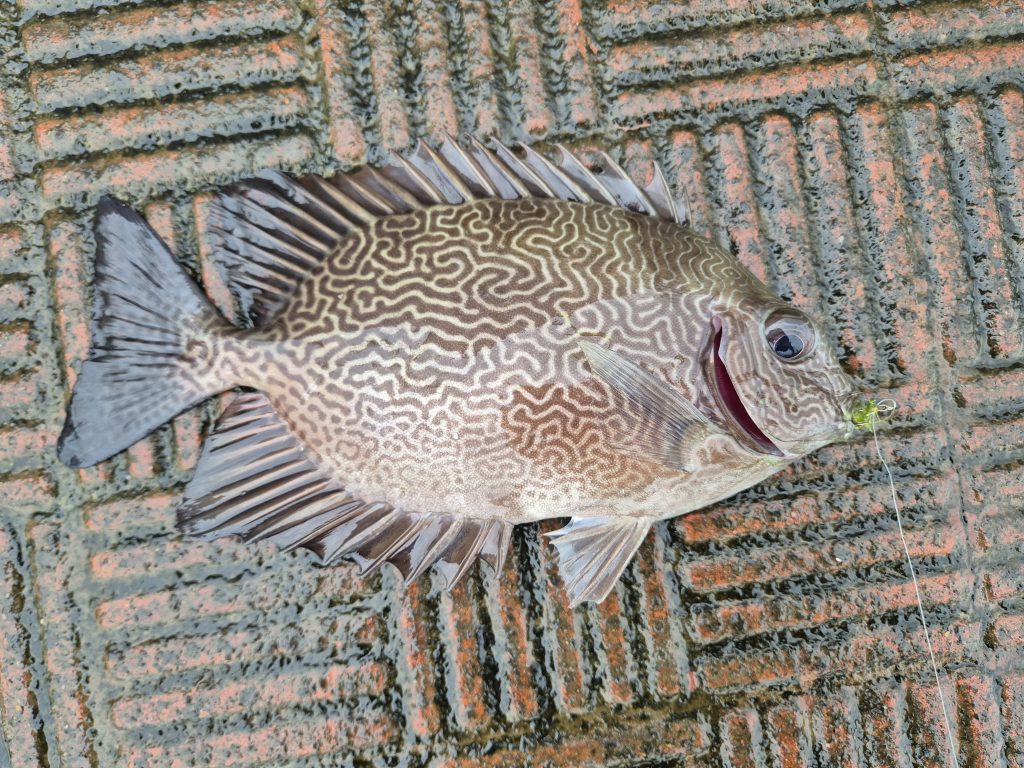Feeding response? Check!
Good vocal response? Check!
Then, watched by a dozen visitors with cameras at the ready, I carefully tube-feed AP047 and give him finely filleted pilchards. The ensuing ruckus from AP047 wakes AP048 with a start. Now, AP048 has been a cause of worry: bloated tummy, poor feeding response, and barely a whimper when awake. I tube-feed him diluted formula fortified with medicines and try to coax him into eating some fillets. He is not as happy with the food as his brother, who has since tried to eat more than his share from in between my fingers. AP048 gives me a that’s-enough-for-now yawn and settles back against his little teddy bear.
Very well.
Thirty penguin chicks fed.
Eleven more to go.
The Chick Rearing Unit
I had been studying zebrafish brains in a lab. Wanting both a break and a challenge away from my natural laboratorial habitat, I made my way to Cape Town, South Africa, to volunteer at the Southern African Foundation for the Conservation of Coastal Birds (SANCCOB). I was an intern in the Chick Rearing Unit (CRU) for about six months and had the most fantastic time. Here, I worked with African penguin babies, played mom to hundreds of crowned cormorants, and played fish-catch with Pete, a particularly cheeky pelican.
Recently featured in a Netflix docuseries called ‘Penguin Town’, SANCCOB is a rehabilitation centre for coastal birds. They rescue and tend to a variety of birds, particularly the endangered African penguins, for their subsequent release back into the wild. Carers are forbidden from mollycoddling the birds so that they remain wary of humans and do not treat us as easy food providers. In fact, while hand-rearing the cormorant chicks, we would wear a gigantic black poncho and mask our faces as well. All this to ensure that the chicks didn’t imprint on us, instead assuming they had an exceptionally large parent.
For the most part, I tended to African penguins who were brought in as eggs or chicks. The chicks would then be graded based on their weight, how well hydrated they were, and the appearance of their down feathers. Typically, eggs or chicks would be brought in by rangers, having been identified as either abandoned or threatened. We would systematically enter the details in the system, maintaining records for each individual that was brought to us.
A typical morning shift in the CRU would begin at 5 AM with the penguin chicks chirping away in their crates, letting me know exactly how hungry they were. Taking care of endangered species is a delicate business where approximation doesn’t cut it. The chicks first needed to be weighed and transferred into clean crates, no matter how hungry they were. The weighing helped calculate how much they needed to be fed based on their weight gain and other notes from the vet. I found two aspects of the early morning shuffle particularly endearing. One, getting a feeding response from the chicks by teasing their beaks with my fingers, which would get them ready to glug down the fish I’d feed them. Two, I would always prep the crates with a little, soft toy for the penguins to nuzzle against, should they feel cold, sleepy, or just generally snuggly.
Morning shifts would usually end with my tag-team member coming in to take over for the evening shift. We would have a quick exchange of everything that had happened with the penguin chicks, including pointing out which chick had developed a cold, which ones would soon develop one, which chick was bloated, and whether any meds had to be changed—the works.

The many moods of a growing penguin chick
I soon established a good routine for feeding the birds, prepping their meals, administering their meds, and keeping the CRU spotless. With my training out of the way, I realised that I had been blessed with an insider view into the lives of penguin chicks. When penguin chicks hatch with a ninja-like flipper kick out of their eggshell, they are soggy little blobs with their eyes still shut to the world outside. This is the most vocal stage and they use their beaks as little tactile sensors to get familiar with their surroundings. Once they dry and fluff out, we move them out of the incubators and into little pots, where they remain with a soft toy friend that provides the warmth and physical contact that a penguin parent would have in the wild.
Vocal and energetic feeding responses are a marker of good health. Poor responses get flagged so that we know which young ones need extra care and looking after. Since they aren’t being reared in the wild—an environment where they would gain robust immunity through food regurgitated by their parents—we have to be extremely careful to maintain a high standard of hygiene at the Unit.
As they get older, penguin chicks recognise that their human carers are not conspecifics and start to treat us with a rather haughty countenance. They are no longer keen on food, nor very vocal. However, this behaviour, which is in stark contrast to their younger days, is considered normal. Once a little older still, they regain their vocal nature. Some are exceptionally loud and curious, and invariably get housed in a crate with a penguin who would rather not be bothered at all.
During my six months at SANCCOB, there were two occasions when the CRU (and I) suffered from empty nest syndrome when all our chicks had grown up and been moved to the Nursery. The Nursery is where I worked with several other birds, a lot of whom could very well fly. It took a lot of coaxing to suppress my survival instincts and not bolt when faced with a sharp beak flying at me.
Conservation is everyone’s business
There I was, a young grasshopper, absolutely clueless about animals and birds. Yet, I was welcomed by this remarkable and driven community of conservationists, marine biologists, and numerous local and international volunteers, all doing their part to save an endangered species. I worked with 18-year-olds who were volunteering as part of their gap year activities, as well as a couple of 70-year-olds who just wanted to do their bit for conservation. I saw how Cape Town tackled the loss of its once abundant population of penguins as a society. It wasn’t only the rangers and conservationists who were doing their part ceaselessly. The local community also immediately alerted the concerned authorities, if they saw an injured or abandoned bird in their vicinity.

Even at the height of the pandemic, SANCCOB was readily supported with a seemingly endless supply of newspapers, towels and medicines. Although I wasn’t in Cape Town then, seeing and hearing about it warmed my heart. At the end of my stay, I was armed with a lot more empathy towards nature and its caretakers, and had SANCCOB confirm what we all need to realise—conservation is everyone’s business!
Further reading:
1. Algoa Bay oil spill leads to oiled seabirds admitted to SANCCOB. 2019.
https://sanccob.co.za/algoa-bay-oil-spill-leads-to-oiled-seabirds-admitted-to-sanccob/. Accessed on August 6, 2021.
2. Cape cormorants: Caring for South Africa’s chicks abandoned in wild. 2020.
https://www.bbc.com/news/world-africa-55885608. Accessed on August 6, 2021.
3. Klusener R., R. Hurtado, N.J. Parsons, R.E.T. Vanstreels, N. Stander, S. van der Spuy, K. Ludynia. (2018) From incubation to release: Hand-rearing as a tool for the conservation of the endangered African penguin. PLOS ONE 13(11): e0205126.

